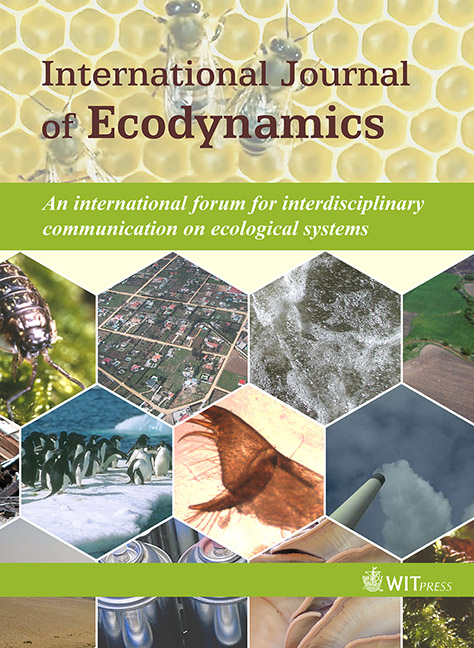Economic analysis of risk and management of pest or disease incursions
Price
Free (open access)
Volume
Volume 1 (2006), Issue 4
Pages
12
Page Range
348 - 360
Paper DOI
10.2495/ECO-V1-N4-348-360
Copyright
WIT Press
Author(s)
L. Cao, N. Klijn
Abstract
Pest and disease incursions can impose significant costs of lost production and trade. Additionally, there are costs of management activities such as hazard reduction, eradication and control. The assessment of these costs and the determination of the optimal management response have attracted attention in recent years. Minimising the expected present value of the total of the above mentioned costs is one of the criteria for determining how to protect the economy from the effects of unmitigated hazards. It involves a tradeoff between additional expenditure on management activities such as hazard reduction and their expected benefits such as a reduced hazard rate of future incursions. In this paper, an analytical expression is developed for the expected discounted present value of all future incursion and management costs for the case of recurrent episodes of pest or disease incursion and eradication where there is uncertainty about the arrival of disease incursions and about the outcome of the eradication process. Uncertainty about the outcome of the eradication process means that it is uncertain whether the pest or disease is completely removed at the end of the eradication process. The optimal expenditure on management activities for a risk-neutral decision maker is obtained by minimising the derived expression with respect to the levels of management activities, subject to the relationships between management activities and their associated outcomes such as a reduction of the hazard rate. An example is provided to illustrate the determination of the combination of management activities that minimises the expected economic cost of pest or disease incursions.
Keywords
disease incursions, economic analysis, pest incursions, risk management




